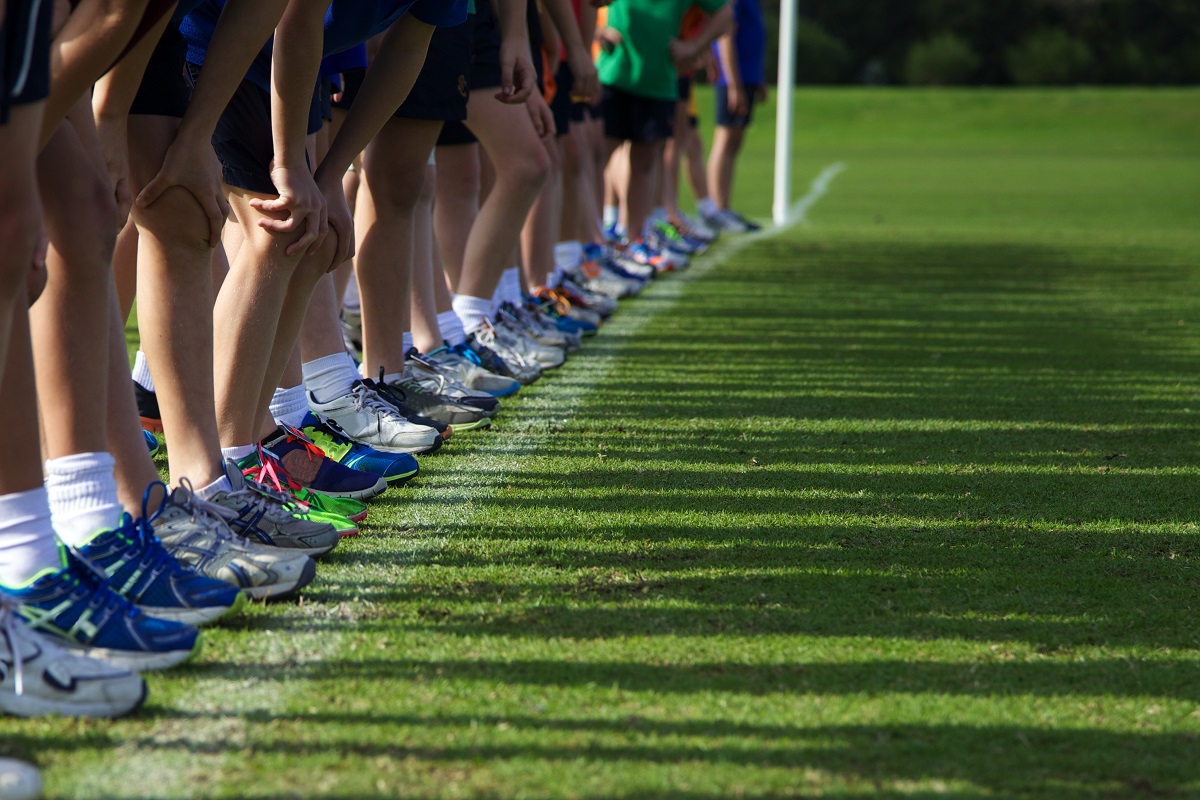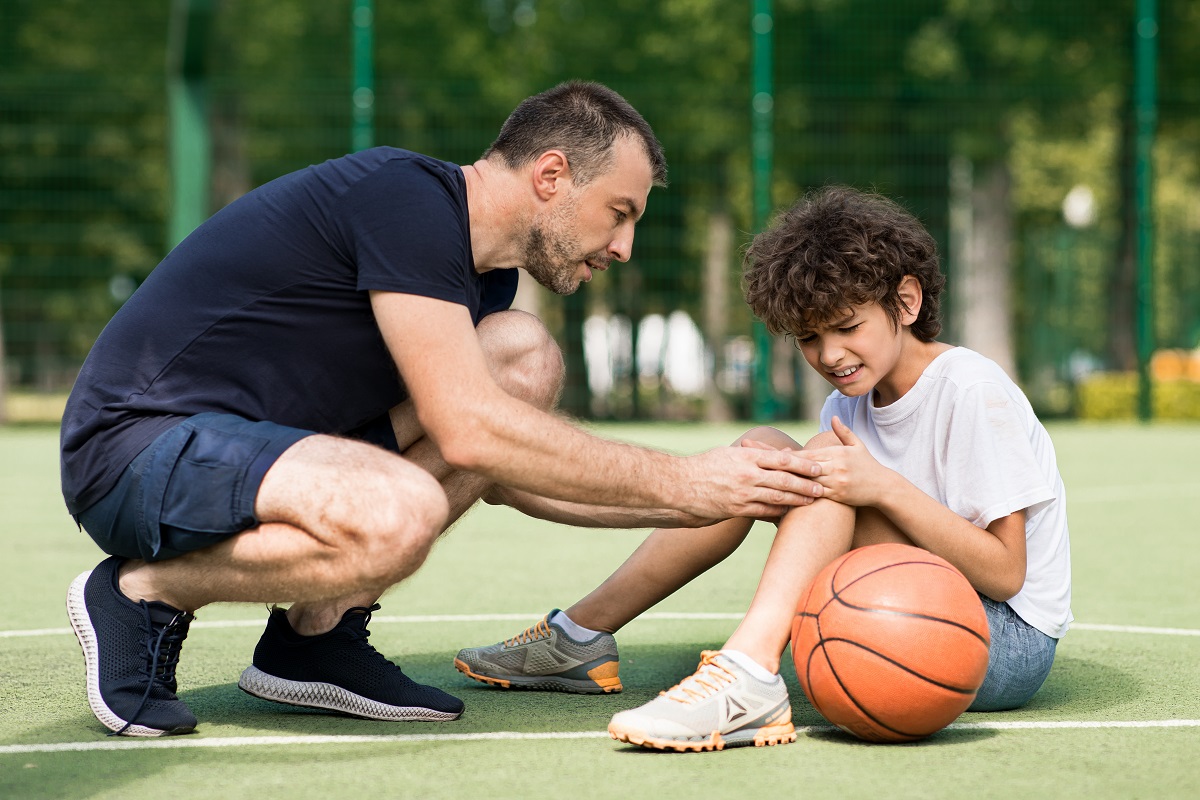While schools are fundamentally places of learning, they must also be sanctuaries of safety. When accidents or medical emergencies arise, being equipped with the knowledge and tools for first aid can mean the difference between a minor injury and a major crisis. This raises the question: just why is first aid important in schools?
Legal and moral obligations
Schools, both legally and morally, bear the responsibility of ensuring a safe environment for their students. Australian regulations mandate that educational institutions provide adequate first aid, be it in the form of supplies, medical staff, or training. Beyond these legalities, schools have the moral obligation to protect their students, which means being adequately prepared for medical emergencies.

Common medical emergencies in schools
School environments, with their bustling activity, can be prone to accidents like falls, cuts, or allergic reactions. First aid provides immediate relief and can reduce the severity of these incidents. For instance, knowing how to correctly treat a sprain or use an EpiPen during an anaphylactic reaction can significantly improve the outcome of these emergencies.
Here is a list of medical emergencies which can occur in a school environment:
- Falls and Sprains: Playgrounds, stairs, and even classrooms can be spots where students might trip, fall, or twist an ankle.
- Cuts and Abrasions: Whether from art supplies, sports equipment, or simple accidents, cuts can be a frequent occurrence.
- Head Injuries: This can happen due to sports accidents, falls, or other impacts.
- Broken Bones: Falls or impacts during sports or playtime can sometimes result in broken bones or fractures.
- Choking: This can happen during meal times or if a younger child swallows a non-food object.
- Allergic Reactions: Exposure to allergens (like nuts or bee stings) can lead to mild to severe allergic reactions, including anaphylaxis, which is life-threatening without immediate treatment.
- Asthma Attacks: Some students may have asthma, and triggers like physical activity, stress, or exposure to allergens can lead to asthma episodes.
- Seizures: Students with epilepsy or other neurological conditions may experience seizures.
- Heat-Related Illnesses: Particularly in warmer climates or during intense physical activity, students might experience heat exhaustion or heat stroke.
- Diabetic Emergencies: Students with diabetes might experience hypoglycaemia (low blood sugar) or hyperglycaemia (high blood sugar) episodes.
- Respiratory Distress: This can occur due to a variety of reasons, including infections, allergic reactions, or pre-existing conditions.
- Fainting: This can be brought on by dehydration, sudden pain, prolonged standing, anxiety, or other factors.
- Bites and Stings: Students can be bitten by insects or, on rare occasions, by other students. They may also encounter creatures like spiders or snakes, depending on the location of the school.
- Eye Injuries: These can result from exposure to chemicals in science labs, splinters, or direct trauma.
- Burns: These can occur in science labs, during cooking classes, or from hot surfaces or liquids.
- Poisoning: Accidental ingestion of toxic substances, particularly in younger children, or exposure to chemicals can result in poisoning.
It’s important to note that the nature and frequency of these emergencies can vary based on several factors including the age of students, the location and environment of the school, and the specific activities that are part of the school’s curriculum. Proper training in first aid for school staff and even older students can be instrumental in promptly and effectively responding to these emergencies.

What are the benefits of first aid training in schools?
- Prevention and Immediate Response: In the event of an emergency, quick action can minimise the severity of an injury and even save lives. First aid training empowers staff and students to act swiftly and confidently.
- Skill Development: Teaching first aid in schools facilitates a sense of responsibility, enhances problem-solving skills, and fosters empathy among students.
It’s not just about having a first aid kit; it’s about knowing what to put in a first aid kit for school and how to use those supplies effectively. Training ensures that individuals can administer CPR, treat wounds, and address other medical scenarios competently. Furthermore, a well-equipped first aid kit, updated and tailored to school needs, is crucial.
What should a first aid kit contain at school?
In regards to what to put in a first aid kit for school, it’s essential to ensure a comprehensive range of supplies tailored for common school incidents. This includes basics like band-aids, antiseptic wipes, and gauze swabs for minor cuts and abrasions. However, given the active nature of school environments, it should also contain items for more significant injuries, such as splints, bandages, and ice packs. Due to the risk of allergies, an EpiPen can be a lifesaver, and having one in the kit is crucial. Other must-haves are saline solution for eye or wound flushing, CPR face shields, burn gel, and a ventolin inhaler. Regularly checking and restocking the kit ensures it remains useful and up-to-date for any emergency.

Best first aid practices in schools
- Regular Training: Schools should regularly organise first aid courses for staff and older students.
- Inclusive Kits: Consider what a first aid kit should contain at school. This includes basic items like band-aids and antiseptics, but also specialised equipment for unique medical needs.
- Engage Parents: Regular communication with parents about the school’s first aid policies ensures that they’re informed and can contribute, especially if their child has specific medical needs.
- Collaborate Locally: Partnering with local emergency services and medical professionals bolsters a school’s first aid capabilities. These experts can offer training, resources, and support in times of need.

Sourcing medical supplies for schools
For Australian schools, buying medical supplies in bulk can be a cost-effective and smart way to go. At LFA First Response, we stock a diverse range of wholesale medical supplies, including stocked first aid kits for schools and workplaces. We are the no. 1 first aid supplier for Australian schools because we prioritise safety, offer high-quality products, and understand the unique needs of educational institutions.
If your school has more specific first aid requirements, our Module First Aid Kits allow you to customise your first aid kid with specific modules designed for different first aid emergencies.
Our Module First Aid kits are widely favoured by schools and educational institutions. Housed in a handy backpack-style container, these kits are versatile, perfect for school trips, playground use, or simply being stored in the classroom for emergencies.
LFA First Response – committed to keeping schools safe
The importance of teaching first aid in schools is undeniable. Given the critical matter of student safety and well-being, there’s no room for compromise when it comes to comprehensive first aid training and high quality first aid supplies. Schools, by placing emphasis on first aid, not only fulfill their legal and ethical responsibilities but also offer peace of mind to parents and the broader community about their dedication to student well being and safety. Partnerships with LFA First Response ensure that Australian schools can be well-prepared places of learning and safety. We also offer a Fundraiser First Aid Kit for Schools – which is aimed to promote awareness of first aid to children, as well as raise funds for their school and/or community.
Get in touch with our friendly team to find out more about our Fundraiser Program and first aid supplies for schools.










